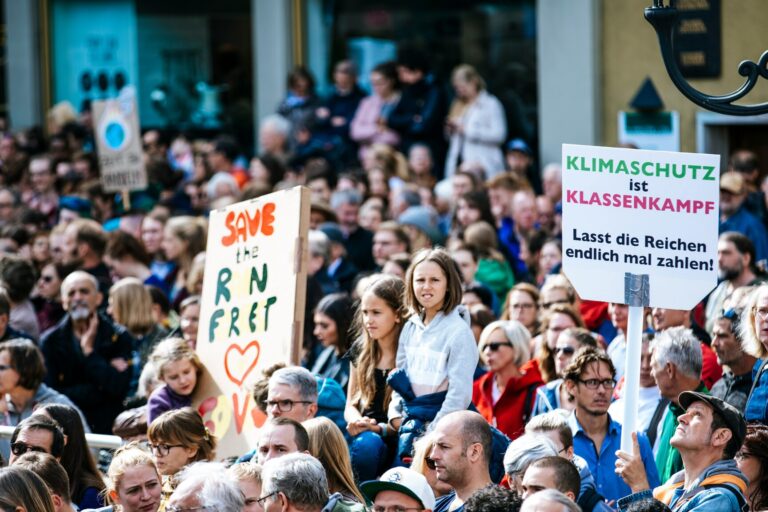As concern over climate change issues and general interest in reducing carbon emissions continues to grow, more individuals and businesses are exploring how they can engage with carbon credits. Yet even while accounting for the growing interest in these topics, we’re still pleasantly surprised with the amazing response we’ve gotten ever since we launched our pioneering Climate Change and Carbon Markets AI Assistant late last year.
For nearly ten months we’ve been getting a steady flow of a wide range of inquiries and questions about carbon credits, and how to get involved in this impactful market. As we near the end of this 3rd quarter of the year, we feel there’s value in sharing some of the most commonly asked questions you’ve been posting to the AI on our site during the last 3 months, and the answers it provided.
Whether you’re new to the concept or looking to expand your knowledge, we hope this Q&A provides you with some clarity and insight, and invite you to submit your own questions using the AI Assistant in the lower right corner of the screen.
1. What is a carbon credit?
A carbon credit represents one ton of carbon dioxide or other greenhouse gases that have been prevented from entering the atmosphere. These credits are a vital tool for offsetting emissions through projects like renewable energy or reforestation.
2. How are carbon credits generated?
Carbon credits are created through projects that actively reduce, avoid, or remove greenhouse gases. Common examples include renewable energy initiatives, afforestation efforts, and methane capture projects.
3. How does carbon trading work?
Carbon trading is a market-driven approach where companies buy and sell carbon credits. The trading process incentivizes businesses to lower their carbon emissions by offering a financial reward for doing so.
4. How much does a carbon credit cost?
Prices vary based on several factors such as the type of project, its location, and current market trends. The cost can range from under $0.1 to over $70 per ton of CO2. At Carbon Credit Capital, we recommend a price of $14.
5. How do I sell my carbon credits to Carbon Credit Capital?
To sell your carbon credits, you need to ensure they are certified by standards like Verra or Gold Standard. Once verified, contact our team for a consultation to help facilitate the transaction.
6. How do I buy carbon credits?
Purchasing carbon credits involves choosing a project, verifying its certification, and retiring the credits to ensure emission reductions. Carbon credits can be bought through compliance or voluntary markets.
7. What is Carbon Credit Capital’s flight offset program?
Our flight offset program is designed to neutralize the emissions caused by air travel, using verified projects like the GEC Organic Waste Composting Project to mitigate your travel impact.
8. How can I start a carbon credit project?
Starting a carbon credit project requires a detailed Project Design Document (PDD), validation from a certification body, and verification. We offer consultancy and project management services to guide you through every step.
9. Can I verify carbon credits?
Yes, verification is possible through submitting a detailed report, conducting independent assessments, and issuing a statement that confirms the project’s emission reductions.
10. Why are flight offsets necessary?
The aviation industry contributes about 2.4% of total CO2 emissions. Flight offsets help counter this by supporting projects that reduce greenhouse gases, mitigating the environmental impact of your travels.
11. How do I ensure my carbon credits aren’t double-counted?
Carbon credits are issued with unique serial numbers and retired once used. This ensures that they aren’t double-counted and that the emission reductions are accounted for accurately.
Conclusion
Engaging with carbon credits is an important step toward reducing global greenhouse gas emissions, and Carbon Credit Capital is here to help. Whether you’re looking to buy, sell, or start a project, we offer a range of services to support your sustainability goals. Reach out to our team today and take the next step in your carbon reduction journey!
Photo credit
Photo by Markus Spiske on Unsplash


